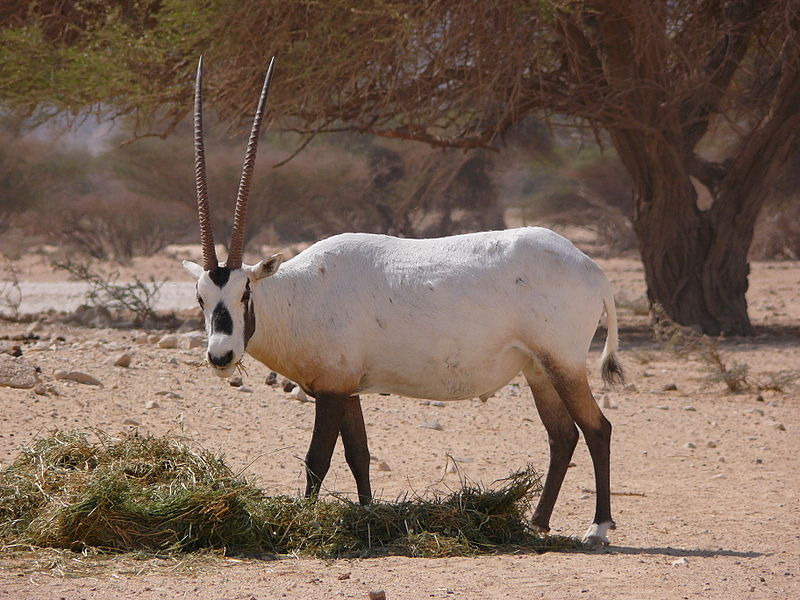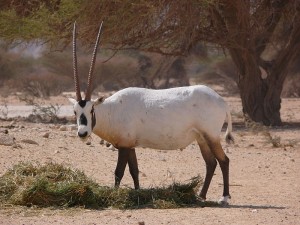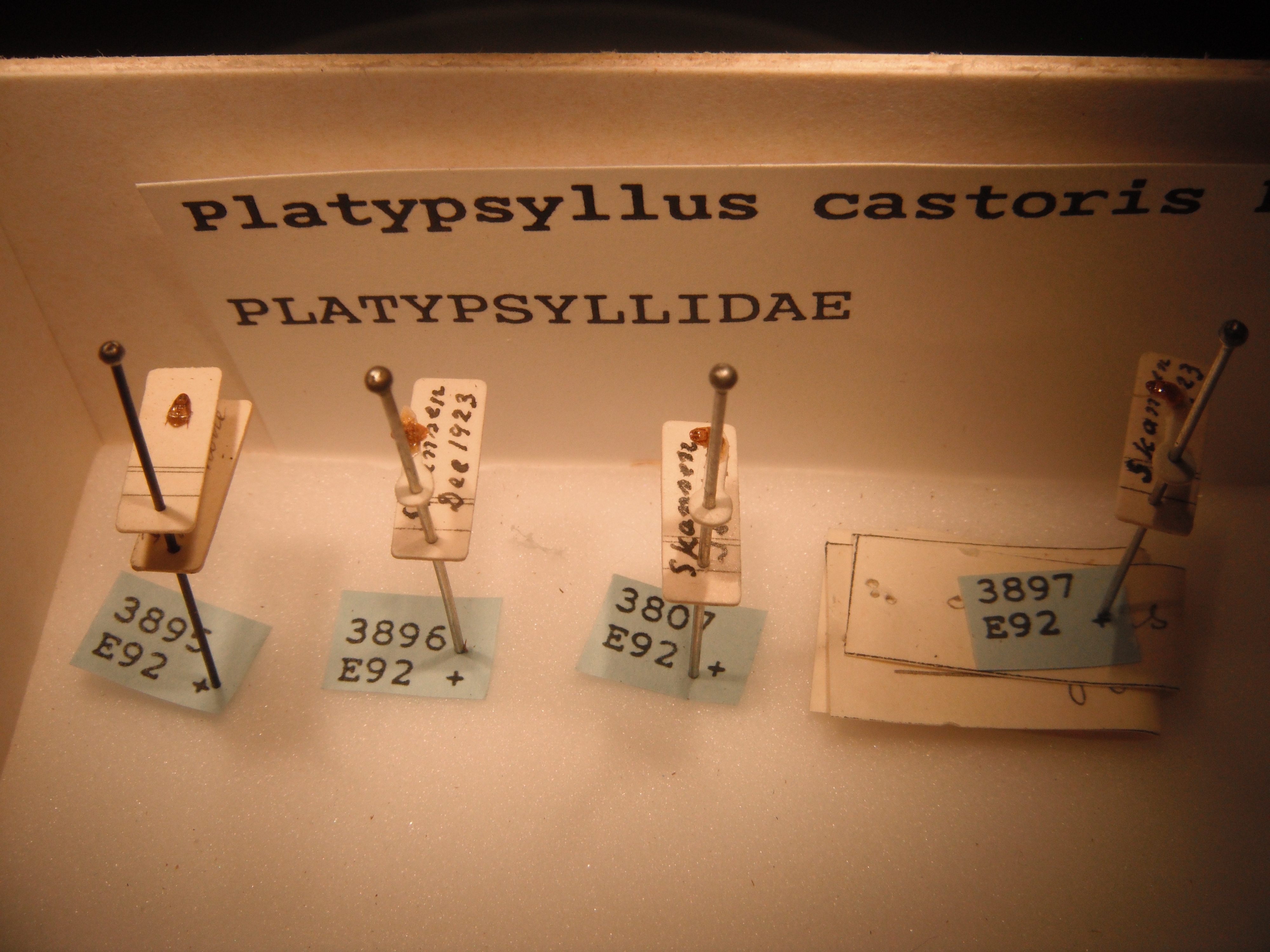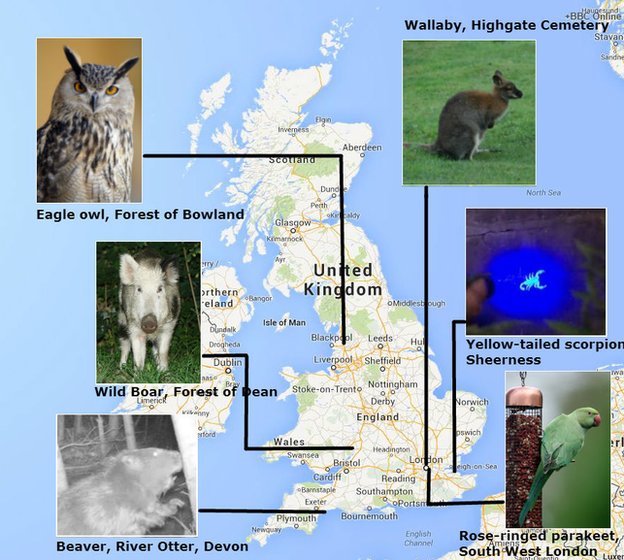
Memories

I read an article today about potential reintroduction of animals on the Arabian Peninsula (Stanley Price 2011). The author discusses the successful reintroductions of the Arabian oryx and the Houbara Bustard (a bird) and advocates further reintroductions from ex-situ populations and the development of larger conservation areas in the region.
But what struck me was this statement at one point in the text:
If a species has been absent for probably little more than one human generation, it will progressively drop from the cultural heritage and oral traditions of any society.
Based on this assumption, Stanley Price argues for reintroducing recently extinct or threatened species, noting that the Arabian oryx had been gone only a decade when it was reintroduced in Oman:
To the generation that became wildlife rangers, the Oryx was still part of their childhood memories and the subject of tales and beliefs. Had the extinction interval been much longer, the reintroduction project would have encountered much greater scepticism about the need or value of trying to restore the species.
While I would certainly agree that having cultural memory of an animal is important for reintroduction success, to argue that such a memory dies out in one generation is a grand exaggeration.
Take the case of Sweden’s beavers (yes, you knew I was going there, didn’t you?). When the beaver was reintroduced in 1922, it had been extinct since 1871 – so only 50 years. But, you have to keep in mind that beavers had become very, very rare by the time of extinction, so most areas had not had beavers for 100+ years. When Eric Festin, the guy who spearheaded the first reintroduction effort, wrote about the project, he said that old people he talked with knew stories about the beaver, tales that typically “dated to the narrator’s grandfather or great-grandfather’s experiences, often an even older generation’s time.”
Telling beaver stories down through the generations is illustrated by a story told by Alarik Behm (the Skansen zoological garden director) in his book Nordiska Däggdjur published in 1922:
My grandmother, born in the Jämtland mountains at the beginning of last century, used to tell us kids, that when someone in her home town was very ill and began shaking […], you would give the sick person castoreum, a half teaspoon in a sip of liquor, after which the patient died. Either the medicine was given too late or else it had no effect. This castoreum was supplied by two men, Halvar and Marten, and thanks to their and others’ earnest ‘supplies’, beaver disappeared from the area.
This was Behm’s grandmother recounting events from the early 1800s, over a hundred years before the reintroduction efforts. But that experience with beavers had been kept alive through storytelling–a grandmother telling her grandchildren tales from the olden days. Festin and Behm, as well as others, included folk stories in their articles about the beaver project. Clearly they remembered stories that had been told to them and actively sought out more.
These stories told from generation to generation had a firm footing in the geography as well. Places named after beaver, in old Swedish bjur, are quite common. In fact, the area where the first reintroduction project took place was Bjurälvdalen, literally beaver river valley. Festin often referred to this naming as historical grounds for reintroduction since the beaver’s presence had been inscribed through the name. Geographical naming can thus be a long-lasting cultural heritage.
Memories do play a part in reintroduction acceptability, but to claim that collective memory dies quickly is to underestimate the power of culture and history.



